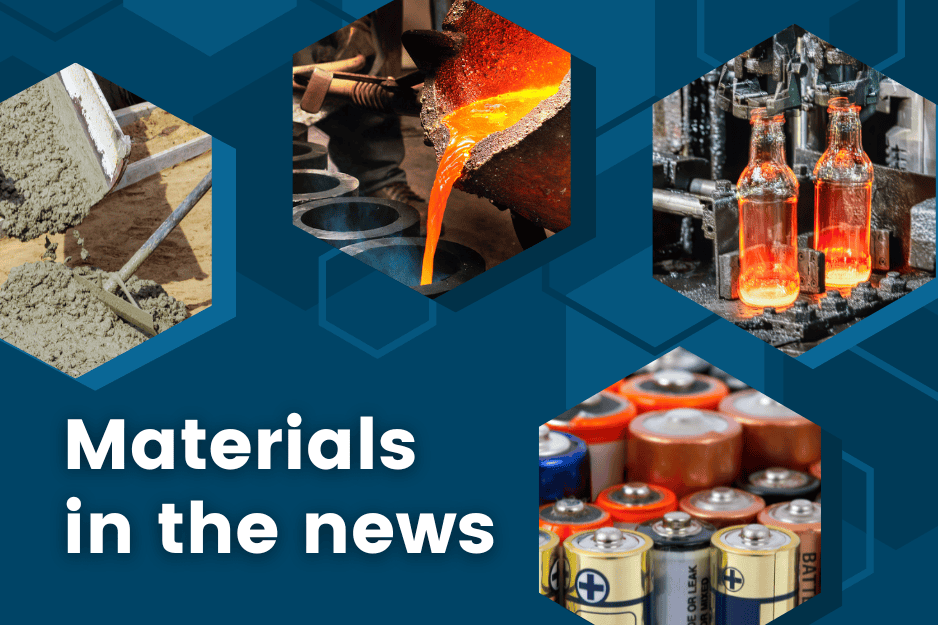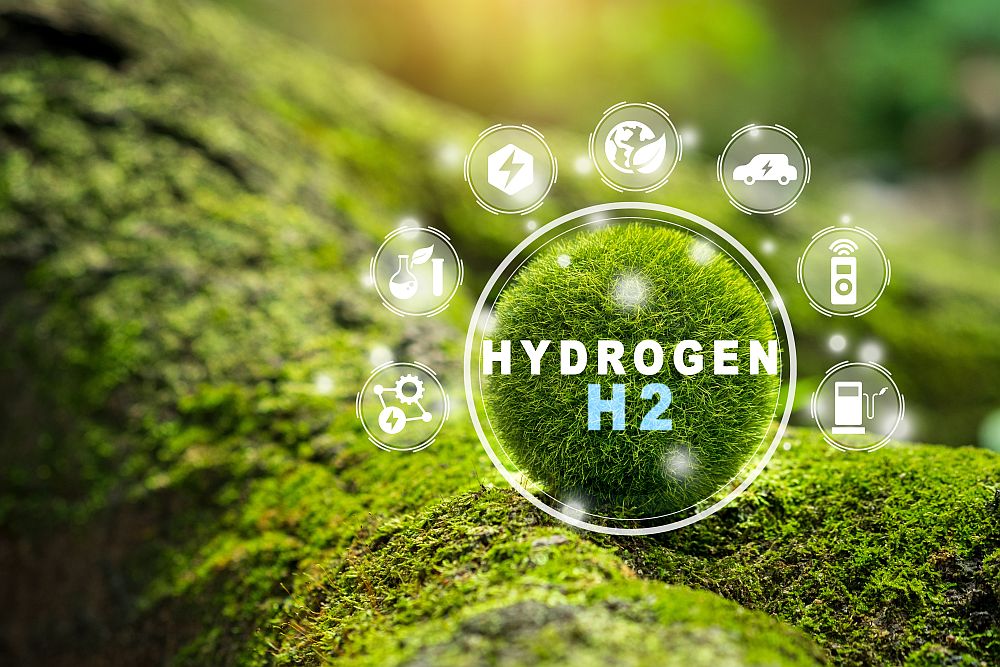[Image above] Credit: Bryan Ward; Flickr CC BY 2.0
If you grew up reading comic books, you might remember the adventures of some of the famous superheroes—Superman, Spiderman, Iron Man, Fantastic Four, and Captain America, to name a few.
And if you are a materials scientist who grew up reading about those superheroes, you might be excited about the new movie “Black Panther,” which opened last month in the United States. The movie follows King T’Challa, who returns home to Wakanda, Africa, from another Marvel movie to become its new leader. He is drawn into a war when enemies from within his country try to destroy the country and take over the throne. Enter the Black Panther, who comes in to save the day. Or something like that.
So what does materials science have to do with “Black Panther?”
A metal called vibranium is supposed to give Black Panther his superpowers. But don’t go looking for it on the periodic table—it’s not real.
Just what is vibranium?
According to the official vibranium page on Marvel’s website, vibranium is “a nearly indestructible element that crash landed from outer space millennia ago into the African region that would become Wakanda.” Essentially, it’s a solid metal that is stronger than steel.
And vibranium has many amazing properties:
- It’s one-third the weight of steel;
- It’s vibration absorbent;
- It deflects kinetic energy and high-caliber bullets;
- It can ricochet off multiple surfaces;
- It’s wind resistant;
- It conducts electricity; and
- It has magnetic properties.
But the material does have its limitations. Energy from an infinity stone combined with a lightning bolt can melt vibranium. Telekinesis can break through the metal. And sonic equipment can render it useless.
Even though vibranium is a fictitious creation of Marvel Comics, it generated enough excitement for Gizmodo to reach out to real materials scientists to find out if a similar material could exist in the universe. And who better than materials scientists and ACerS members Yury Gogotzi and Jayakanth Ravichandran to answer that question?
Daniel Kolitz, in his “Giz Asks” column, asks, “Could such a substance ever actually fall from the sky? Are there planets out there that could, plausibly, harbor vast quarries of vibranium-like materials? And if not, how far along are we in inventing those materials, or similar ones?”
Gogotsi, Distinguished University and Charles T. and Ruth M. Bach Professor of Materials Science and Engineering at Drexel University (Philadelphia, Pa.), explains that “no natural material can have those properties.” He says that some of vibranium’s properties can be achieved by using advanced nanomaterials in designing a material’s structure—for instance using piezoelectric materials that can turn vibrations into electricity. Or advanced ceramic materials like boron carbide for lightweight armor.
Drexel University’s news blog goes into more details about Gogotsi’s research on the nanomaterials he alludes to in his statement.
Ravichandran, assistant professor of chemical engineering and materials science and electrical engineering-electrophysics at the University of Southern California (Los Angeles, Calif.) states, “Some features of vibranium are observable in materials (with more than one elements to form alloys or compounds) but not nearly in the same magnitude as seen in vibranium.” Using the example of viscoelastic materials, he says they are great at absorbing sound, but they’re not stiff enough to perform like vibranium. And other materials might be good at resisting impact but not good at controlling vibrations.
So vibranium really just exhibits the best properties of all metals. Even Captain America’s shield has vibranium as a component. But it’s not the only super material in the comics universe. Remember Superman’s weakness, kryptonite?
In a radio broadcast several years ago, ACerS member Suveen Mathaudu, adjunct assistant professor in the Department of Materials Science and Engineering at North Carolina State University (Raleigh, N.C.), discussed other super materials that appear in comics, including the X-Men alloy adamantium.
So as materials science research continues to improve our lives, we can only dream about the capabilities of those super materials that exist in the fantasy world of superheroes.
Visit this link to Gizmodo’s article to read Gogotzi’s and Ravichandran’s viewpoints, along with three other materials scientists’ perspectives on vibranium.
What other super materials have you encountered in your favorite superhero comics?
Did you find this article interesting? Subscribe to the Ceramic Tech Today newsletter to continue to read more articles about the latest news in the ceramic and glass industry! Visit this link to get started.
Author
Faye Oney
CTT Categories
- Basic Science
- Material Innovations
- Weekly Column: “Other materials”

